it falls and it stays and it goes it melts and it is here somewhere we all will get there / i'm here
Don't wanna be here? Send us removal request.
Photo
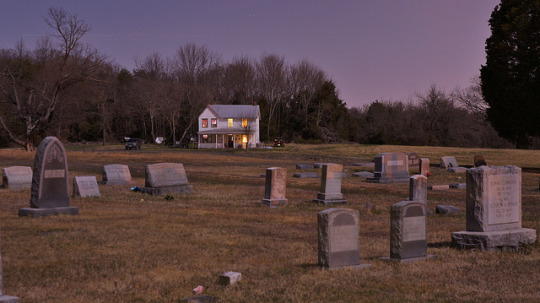
076/365: Thursday, March 17, 2011: Graveyard by moonlight by Stephen Little on Flickr.
18K notes
·
View notes
Text
The gelatin in film stock was made from the hide, bones, cartilage, ligaments, and connective tissue of calves (considered the very best), sheep (less desirable), and other animals who passed through the slaughterhouse. Six kilograms of bone went into a single kilogram of gelatin. Eventually, the demands of photographic industries generated so much need for animal byproducts that slaughterhouses became integrated into the photographic production chain. Controlling the supply chain became key to Kodak's success. In 1882, as Kodak began to grow as a company, widespread complaints of fogged and darkened plates stopped production. The crisis almost ruined Kodak financially and resulted in the company tightly monitoring the animal by-products used in gelatin. Decades later, a Kodak emulsion scientist discovered that cattle who consumed mustard seed metabolized a sulfuric substance, enhancing the light sensitivity of silver halides and enabling better film speeds. The poor-quality gelatin in 1882 was due to the lack of mustard seeds in the cows' diet. The head of research at Kodak, Dr. C. E. Kenneth Mees, concluded, "If cows didn't like mustard there wouldn't be any movies at all." By controlling the diet of cows who were used to make gelatin, Kodak ensured the quality of its film stock. As literary scholar Nicole Shukin reflects, there is a "transfer of life from animal body to technological media." The image comes alive through animal death, carried along by the work of ranchers, meatpackers, and Kodak production workers.
—Siobhan Angus, Camera Geologica: An Elemental History of Photography
15K notes
·
View notes
Photo

A postcard of the train tunnel underneath Michigan Central Station / the Detroit River, running to Canada, c.1912. Via Detroit Public Library.
1K notes
·
View notes
Text
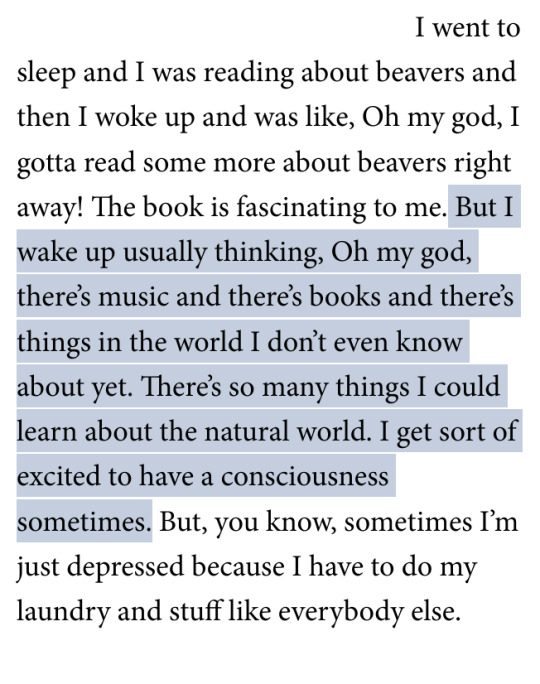
Jim Jarmusch, interviewed by Melissa Locker for The Believer [ID in ALT]
955 notes
·
View notes
Photo
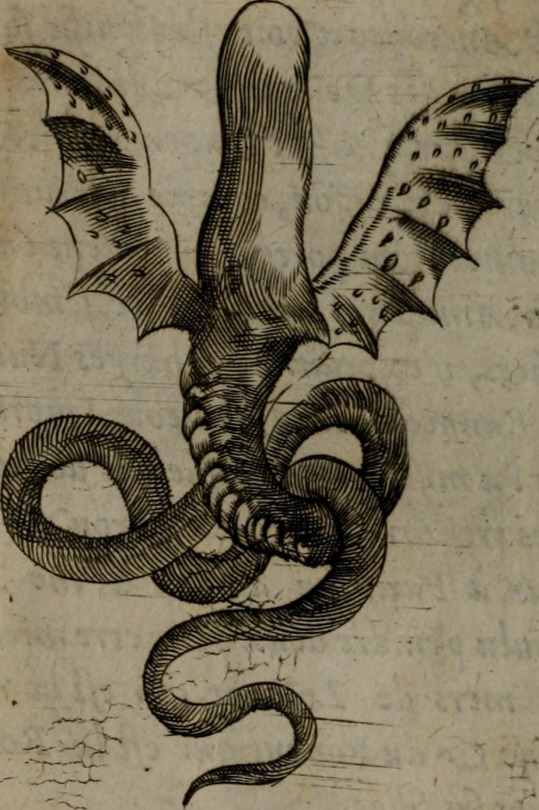

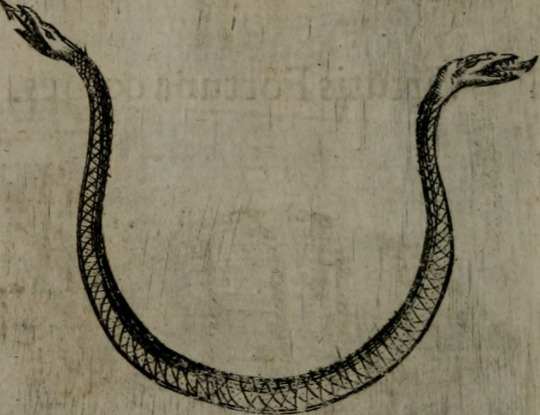
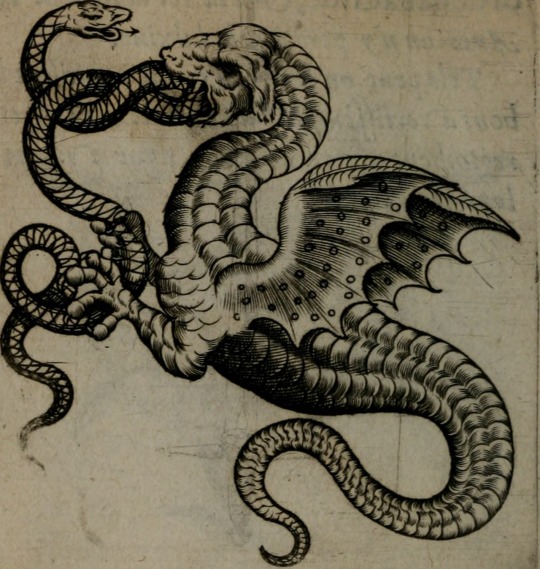
Claude Paradin, Devises heroiques, et emblemes, 1614
2K notes
·
View notes
Text

#slavic gothic#my photos#mine#other gothic#film photography#urban gothic#melancholy#czech#czechia#olomouc#river gothic#poetry#goth aesthetic#no wave#analog photography
6 notes
·
View notes
Text

#slavic gothic#film photography#goth#tumblr aesthetic#czech rep#czech republic#urban gothic#power plant#goth aesthetic#no wave#analog photography#analog#film grain#mine#my photos#ethel cain#mothercain#vacillator
6 notes
·
View notes
Text



wrocław, poland, november
#my photos#poland#slavic gothic#other gothic#film photography#urban gothic#urban photography#no wave#goth#analog#mine#wroclaw#wrocław#church
4 notes
·
View notes
Photo
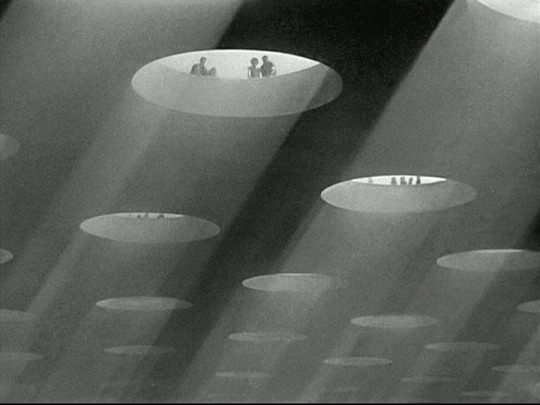
A Matter of Life and Death (Michael Powell & Emeric Pressburger, 1946)
5K notes
·
View notes











